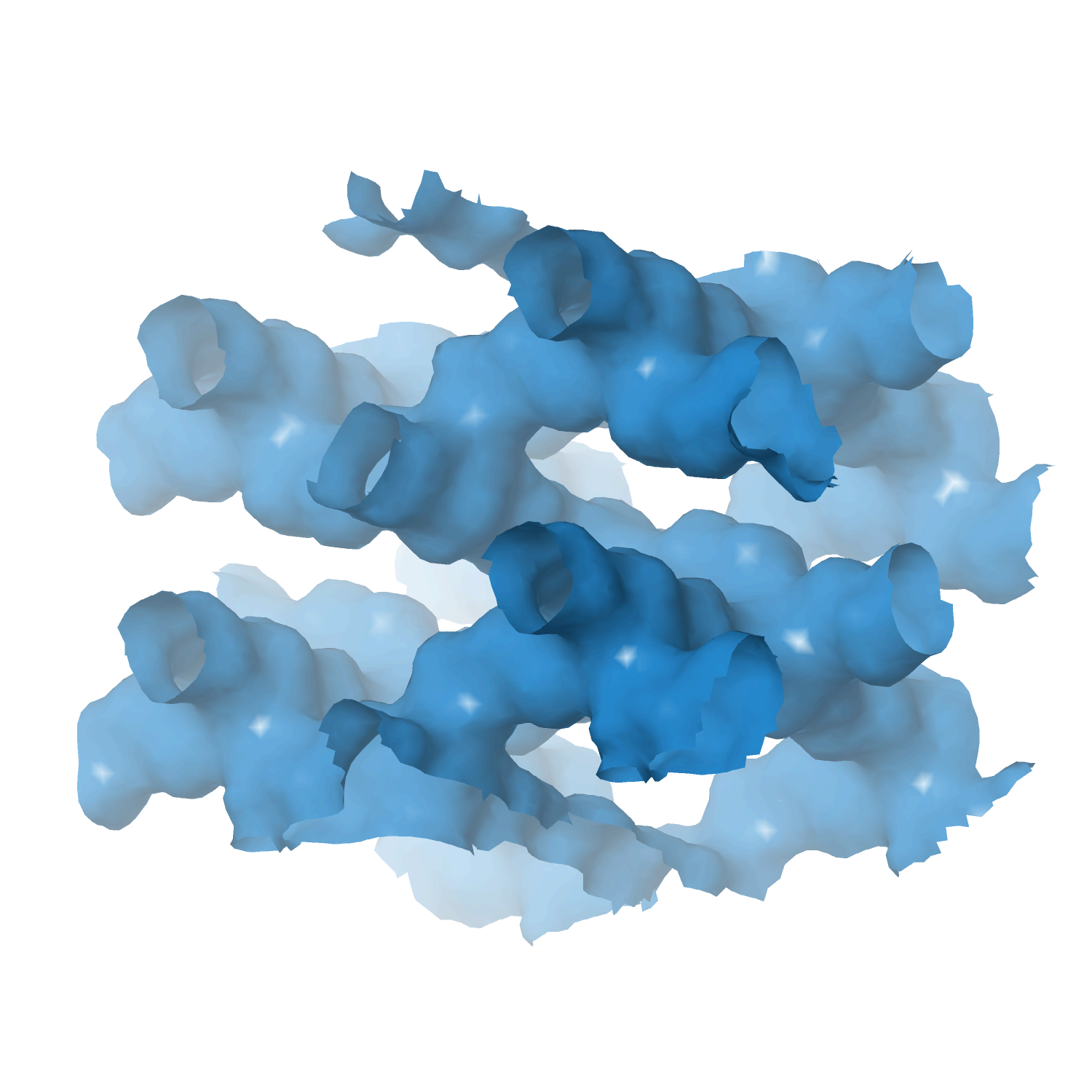Heterogeneous catalyst engineering ⇒ from stable and deactivation resistant to viable technical catalyst
Advances in heterogeneous catalyst “structure” are driven to improve their “function” or performance, i.e., activity, selectivity, and stability. Cooperative research is required to understand the structure and function relationships: developing new synthesis protocols for heterogeneous catalysts with unique surface properties, defined porosity, identification and understanding of catalytically active sites, reaction mechanisms, and finally, prediction and analysis of the processes using various computational tools.
Our group focuses on developing new catalyst formulations using innovative synthesis routes for various important heterogeneous catalysts. That includes thermal, electro, and bio-electro catalysis.
The active phase cannot be used directly in its final application or reactor for various reasons, including poor mechanical resistance, heat or mass transport, and fluidization features. We must mix the active phase with other ingredients in a matrix of binder and filler, while we shape it into a technical catalyst. We investigate new synthetic protocols for technical catalysis using spray drying and fluidized beds to cover the whole range of sizes. At the same time, we incorporate additional (unconventional) ingredients such as SiC to improve some features even further.
- Technical catalyst I ⇒ spray drying and extrusion
- Technical catalyst II ⇒ spray fluidized bed reactor
- Technical catalyst III ⇒ electrospinning
- Zeolite catalysts ⇒ with defined structure/porosity
- Multi-metal (high entropy) alloy catalysts
- MXene catalysts ⇒ single and multi-dimensional
- Perovskite catalysts
- Metal-organic framework (MOFs) catalysts
- Supported metal/metal-oxide catalysts
- Aerogel catalyst
MXene-based electrocatalysts for CO₂ reduction: advances, challenges, and perspectives
by
Abo Talas, Kolubah, khairova, Alqahtani, El-Hout, Alissa, El-Demellawi, Castaño, Mohamed
Mater. Horizons
Year:
2025
DOI:
https://doi.org/10.1039/D5MH00905G
Abstract
The electrochemical reduction of carbon dioxide (CO2) is a crucial step toward a sustainable carbon economy, enabling the conversion of greenhouse gases into valuable fuels and chemicals. Among the emerging materials for this transformation, two-dimensional (2D) MXenes comprising transition-metal carbides, nitrides, and carbonitrides are notable due to their tunable surface chemistry and high conductivity. This review comprehensively analyzes recent advancements in MXene-based electrocatalysis for the CO2 reduction reaction (RR) and explores the unique electronic properties of MXenes that drive their catalytic performance. Composition, surface terminations, defect engineering, and interfacial dynamics dictate activity and selectivity and are analyzed to contextualize the structure–function correlations. This work discusses state-of-the-art strategies to enhance the performance of MXene-based electrocatalysts, including compositional modifications, heteroatom doping, and heterostructure integration. Mechanistic insight into the CO2RR is examined to pinpoint the advantages and challenges of MXenes in the overall reaction network. Finally, this work presents a forward-looking perspective, outlining challenges and emerging opportunities for MXenes in driving sustainable CO2 electrocatalytic conversion technology.
Keywords
HCE
EPB
